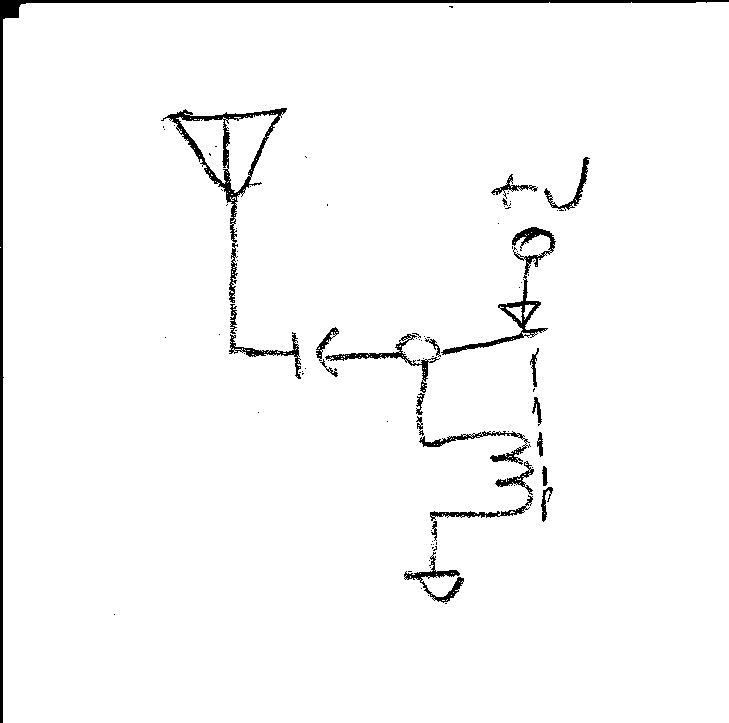Is it possible to build a very minimalist radio transmitter that can be built only with passive components, what would be the schematics for that?
Sure. You can switch transients into a resonant circuit, as others have mentioned. The trouble here is that you end also transmitting a lot of those transients, which means a lot of broad-band noise. There's also the trouble that spark-gap transmitters are not permitted by international treaty. (Not that regulations matter much in a hypothetical post-catastrophic scenario, unless it's the authoritarian regime with a special emphasis on radio regulation variety)
Interestingly, one can make a CW transmitter (that is, one that transmits just one frequency, without the broadband noise) with passive components. All you need is a high frequency voltage source, which can be generated electromechanically.
For a real, working example, see the Varberg radio station. It is, quite simply, an AC motor, coupled to a generator to a 1:3 speed-increasing transmission, with the generator having 976 poles. The generator spins at about 2133 RPM (35.55 revolutions per second), and with 976 poles that makes at output at \$ 35.55 \cdot 976 / 2 = 17.35\:\mathrm{kHz} \$. The generator's output is switched into an antenna to transmit a tone, or into a short for the space between the dits and dahs. There's a bit of additional stuff to provide a matching network and control the motor, but it's all passive.
As for the premise of the question, that passives are easier to scrap, that may be somewhat true. However, discrete active components, like transistors, are not so hard to scrap either. Certainly, easier than building an electromechanical transmitter. A transistor radio can run off batteries, is more portable, and energy efficient. So in most ways that I imagine a post-catastrophic world, I would probably end up with a transistor radio.


 (
(